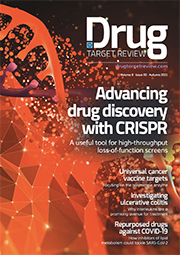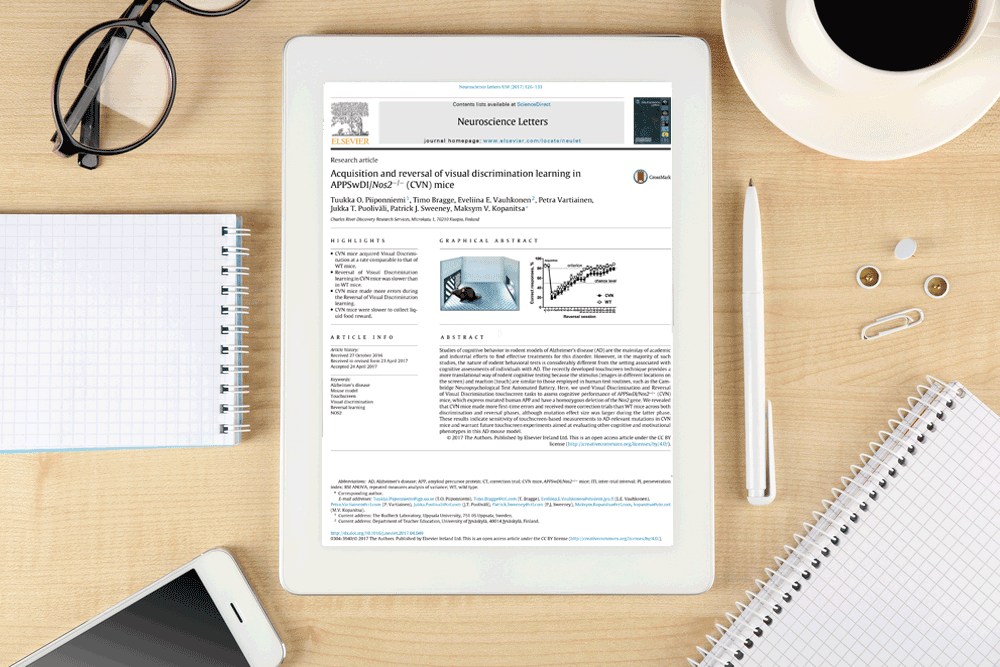Paper: Acquisition and reversal of visual learning in CVN mice
Posted: 21 June 2017 | Charles River Laboratories | No comments yet
Peer-reviewed paper on how touchscreen testing is a translational tool to assess cognitive function in a mouse model of Alzheimer’s disease…
Studies of cognitive behavior in rodent models of Alzheimer’s disease (AD) are the mainstay of academic and industrial efforts to find effective treatments for this disorder. However, in the majority of such studies, the nature of rodent behavioral tests is considerably different from the setting associated with cognitive assessments of individuals with AD. The recently developed touchscreen technique provides a more translational way of rodent cognitive testing because the stimulus (images in different locations on the screen) and reaction (touch) are similar to those employed in human test routines. Here, we used Visual Discrimination and Reversal of Visual Discrimination touchscreen tasks to assess cognitive performance of APPSwDI/Nos2−/− (CVN) mice, which express mutated human APP and have a homozygous deletion of the Nos2 gene.
The rest of this paper is restricted - login or subscribe free to access


Why subscribe? Join our growing community of thousands of industry professionals and gain access to:
- quarterly issues in print and/or digital format
- case studies, whitepapers, webinars and industry-leading content
- breaking news and features
- our extensive online archive of thousands of articles and years of past issues
- ...And it's all free!
Click here to Subscribe today Login here
Related content from this organisation
- bit.bio raises $103 million in first close of Series B financing
- Cell-based assays market set to exhibit CAGR of 8.5 percent
- Under the microscope: CROs and microplate reader requirements
- Charles River Laboratories continues commitment to oncology drug discovery
- Charles River to present collaborative methods at Neuroscience 2018
Related topics
Assays, Drug Discovery Processes, Translational Science
Related organisations
Charles River Laboratories





